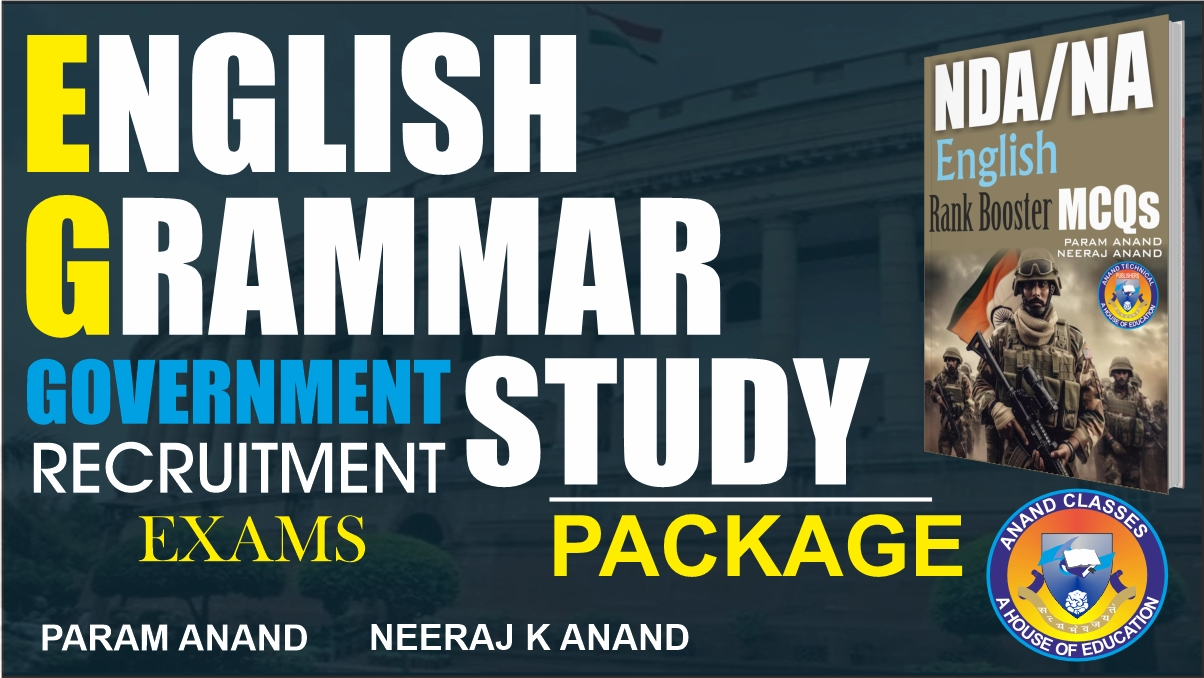📘 For UPSC, SSC, Railway, Banking, Defence, Teaching & Other Government Recruitment Exams
📖 Study Material | Learning Resources | Indian Polity Notes
Written by Neeraj Anand | Published by Anand Technical Publishers
🔗 Read Full Notes on Anand Classes
Table of Contents
📜 Introduction – Understanding the Constituent Assembly of India for Government Exams
The Constituent Assembly of India played a key role in drafting the Constitution of India, which serves as the legal and governance framework for the nation. Understanding its formation, structure, and importance is essential for aspirants preparing for UPSC, SSC, RRB, Banking, Defence, and other government recruitment exams.
Indian Polity and the Constitution are crucial topics in the General Awareness (GA) and General Studies (GS) sections of various competitive exams, making this an important area of study for government job aspirants.
Framing of the Constitution of India
- The idea of Constituent Assembly for India was put forward for the first time by MN Roy in 1934.
- The demand for the Constituent Assembly was first accepted by the British in August Offer. However, it was in Cripps Mission, that the British accepted for the Constituent Assembly consisting entirely of Indians. The Constituent Assembly was set-up in November, 1946 as per the Cabinet Mission Plan of 1946. The elections to the Constituent Assembly was indirect.
- There were a total of 389 members in the Constituent Assembly of which 296 were elected by the members of the provincial assemblies and the rest were nominated by the Princely States.
- After the partition, the strength of Constituent Assembly war reduced to 299. Its first meeting was held on 9th December, 1946 with Sachidanand Sinha as the interim President.
- On 11th December, 1946, Dr Rajendra Prasad was elected as the President of the Constituent Assembly. Objective Resolution was moved by Jawaharlal Nehru.
- The Drafting Committee was appointed on 29th August, 1947, with Dr BR Ambedkar as the Chairman.
- The Constituent Assembly took almost 3 years (2 years, 11months and 18 days to be precise) to complete its historic task of drafting the Constitution for Independent India.
- On 26th November, 1949, the people of India through the Constituent Assembly adopted, enacted and gave themselves the Constitution of India.
- The Constitution was finally signed by the members of the Constituent Assembly on 24th January, 1950, which was the last day of the Assembly. The Constitution came into full operation with effect from 26th January, 1950.
- When the Constitution of India came into force on 26th January, 1950, it repealed the Indian Independence Act. India ceased to be a dominion of the British Crown and became a sovereign, democratic and republic. According to Article 394, provisions relating to the citizenship, elections, provisional Parliament and temporary and transitional provisions contained in Articles 5, 6, 7, 8, 9, 60, 324, 366, 367, 379, 380, 388, 391, 392 and 393 came into force on the day of adoption (i.e. 26th November, 1949) of the Constitution and the remaining provisions of the Constitution came into being on the day of the commencement (i.e. 26th January, 1950) of the Constitution.
📝 Practice Questions – Government Exams
1️⃣ Who officially demanded the formation of a Constituent Assembly in 1935?
a) Mahatma Gandhi
b) Jawaharlal Nehru
c) Indian National Congress (INC)
d) Dr. B.R. Ambedkar
2️⃣ Which plan led to the formation of the Constituent Assembly in November 1946?
a) Cripps Mission
b) August Offer
c) Cabinet Mission Plan
d) Montagu-Chelmsford Reforms
3️⃣ Who was the first temporary President of the Constituent Assembly?
a) Dr. Rajendra Prasad
b) Dr. B.R. Ambedkar
c) Sachidanand Sinha
d) Jawaharlal Nehru
4️⃣ Which document became the Preamble to the Indian Constitution?
a) Objectives Resolution
b) Government of India Act 1935
c) August Declaration
d) Cripps Mission Report
(Answer Key: 1-c, 2-c, 3-c, 4-a)




